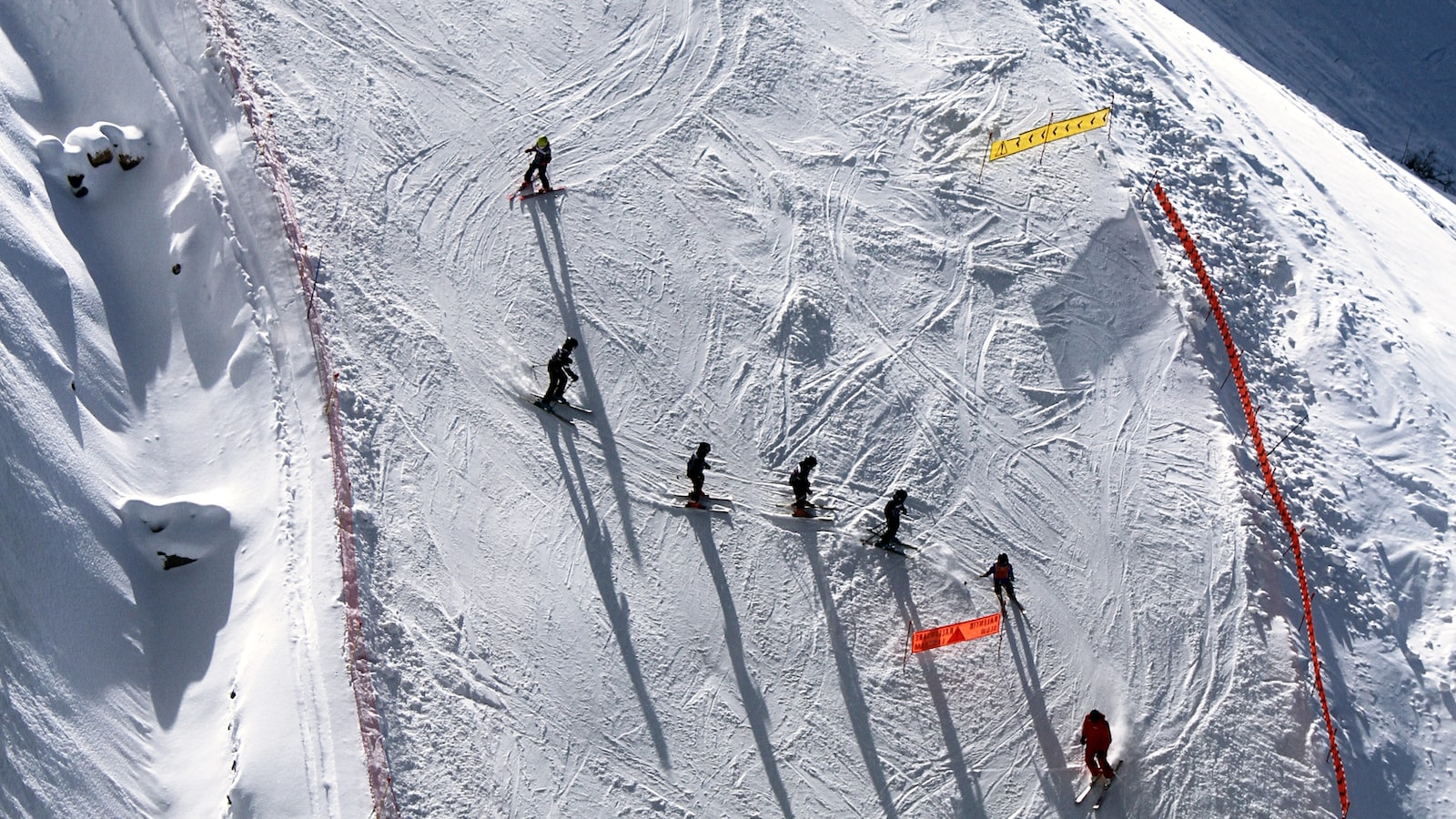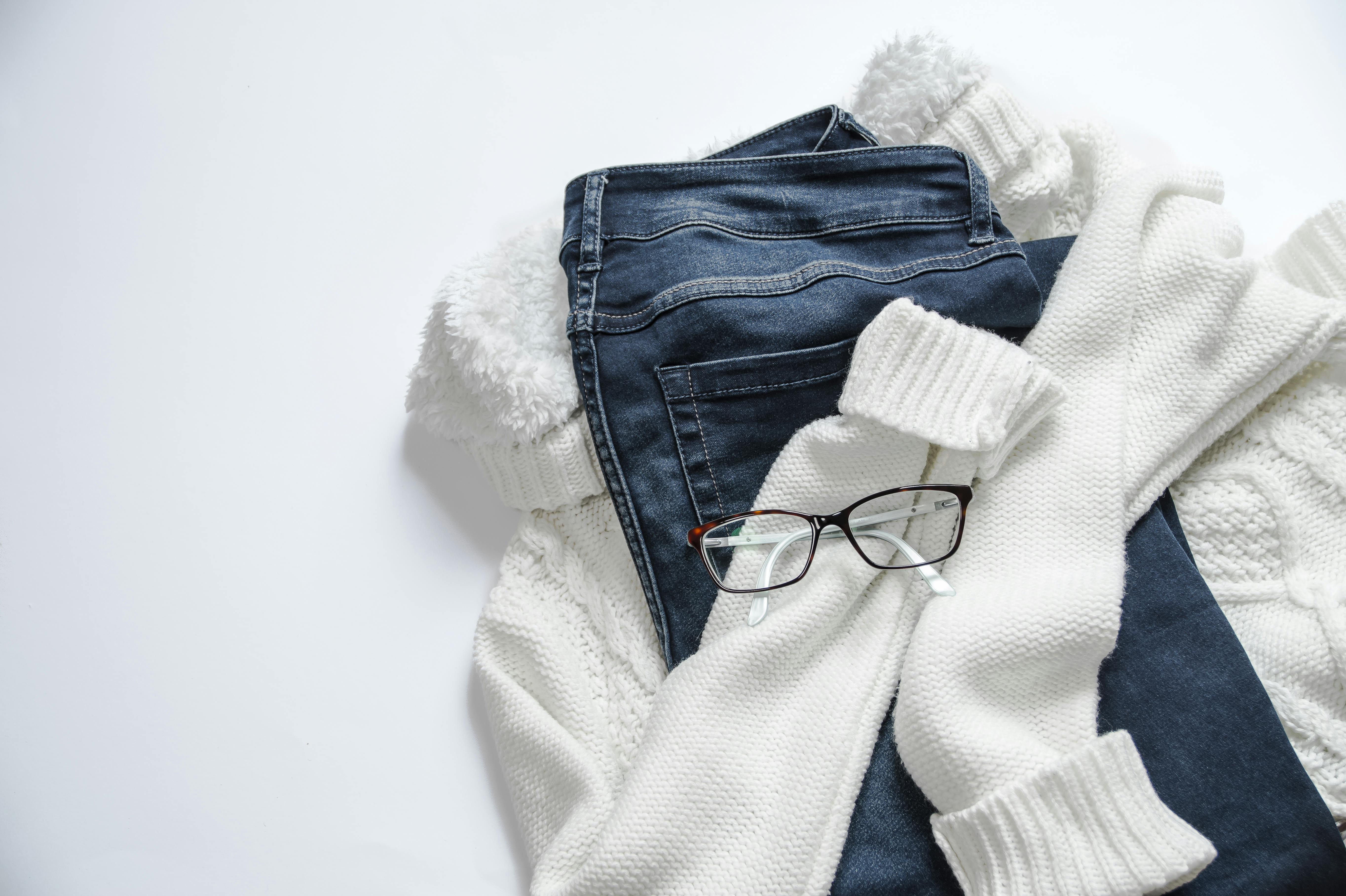What Do Wear Under Ski Pants

Skiing is a great way to have fun and get some exercise. One of the most important pieces of ski gear is the ski pants. But what do you wear under your ski pants? The right base layer can make all the difference in keeping you warm and comfortable while skiing. In this article, we’ll discuss what to wear under ski pants so that you can have a comfortable and enjoyable day on the slopes.When it comes to what to wear under ski pants, the key is to layer! Start with a lightweight, moisture-wicking base layer such as a long-sleeved shirt and long underwear. Then add a mid-layer like a fleece or wool sweater for extra insulation. Finish off the look with a waterproof, breathable outer shell pant that will help protect against snow and wind.
Base Layers for Skiing
Base layers are one of the most important pieces of clothing to wear when skiing. They provide insulation, breathability, and moisture-wicking properties that keep you warm and dry while out on the slopes. A good quality base layer should be made with a material that is lightweight, breathable, and quick-drying. It should also be comfortable and fit snugly against your skin so it won’t bunch up or move around while skiing. Base layers come in a variety of styles, colors, and materials to suit any skier’s needs. From light-weight merino wool to synthetic fabrics, there are many options available to choose from.
When selecting a base layer for skiing, think about what type of weather conditions you will be skiing in and how much time you plan on spending outdoors. For cold days with gusty winds, a heavier base layer such as merino wool is ideal as it is very insulating and provides extra protection from the elements. On milder days with less wind chill, a lighter synthetic material is ideal as it will wick away moisture quickly without causing you to overheat. If you’re planning on spending extended periods of time outdoors in cold temperatures, you may want to opt for a mid-weight base layer which provides more insulation without feeling too heavy or bulky.
No matter what type of base layer you choose, make sure it fits well and feels comfortable against your skin. The right fit will help keep your body temperature regulated so you can enjoy your time out on the slopes without feeling too hot or too cold. With so many great options available today, finding the perfect base layer for skiing has never been easier!
Why Thermal Underwear for Skiing?
Thermal underwear is essential for a ski trip since it helps retain body heat and protect the skin from the cold weather. It helps to keep the body warm and comfortable, even when temperatures dip below zero. The special fabric used in thermal underwear also offers protection from wind, snow, and other elements. Thermal underwear also typically provides an extra layer of warmth, which can be especially helpful if you plan to spend a lot of time outdoors while skiing. Furthermore, thermal underwear can help reduce the risk of dehydration or frostbite while on the slopes.
Types of Thermal Underwear for Skiing
When choosing thermal underwear for skiing, it’s important to consider the type of material used as well as the fit. Merino wool is one of the most popular materials used in thermal underwear because it’s lightweight, breathable, and can absorb moisture quickly. Synthetic fabrics such as polyester or fleece are also popular choices because they provide extra warmth without feeling bulky. Additionally, some thermal underwear is designed with special features such as quick-drying technology or anti-odor properties. When it comes to fit, make sure to purchase thermal underwear that fits snugly but is still comfortable enough that you can move freely while skiing.
How to Choose Thermal Underwear for Skiing
When shopping for thermal underwear for skiing, there are a few things you should consider before making your purchase. First, think about where you’ll be skiing and in what conditions. If you plan to ski in cold climates or at higher altitudes, then you’ll want to opt for thicker materials such as merino wool or fleece that provide increased insulation against cold temperatures and wind chill factors. On the other hand, if you plan to ski in milder climates or at lower altitudes then thinner materials such as synthetic fabrics may be sufficient. Additionally, make sure that your thermal underwear has a snug yet comfortable fit so that it won’t restrict your movement while skiing.
Synthetic or Merino Wool Base Layer
When it comes to cold weather apparel, one of the most important investments you can make is a high quality base layer. When choosing a base layer for cold weather activities, the two main options are synthetic or merino wool. Both types of materials have their own advantages and disadvantages, and it is important to understand the differences between them so that you can choose the right one for your needs.
Synthetic fabrics are generally less expensive than merino wool, and they also provide better breathability and moisture-wicking properties. They are also quick drying and machine washable, which makes them very convenient to use. However, synthetic fabrics are not as good at regulating body temperature as merino wool, and they also tend to be less durable over time.
Merino wool is much more expensive than synthetic fabrics, but it offers superior insulation and temperature regulation properties. It is also highly breathable and wicks away moisture quickly, making it an excellent choice for activities in cold weather. Merino wool is also very soft and comfortable against the skin, which makes it a popular choice for base layers. The downside to merino wool is that it needs special care when washing in order to maintain its shape and softness.
Overall, both synthetic fabrics and merino wool offer great options for cold-weather apparel. When choosing a base layer for your winter activities, consider your budget as well as your performance needs in order to decide which type of material will best suit your needs.
Wearing Long Johns for Skiing
Long Johns are an essential piece of apparel for anyone who spends time in cold climates, especially those who are skiing or snowboarding. Long Johns provide extra warmth and insulation from the cold temperatures and snow that can be experienced on the slopes. They are typically made from a blend of materials including merino wool, silk, and synthetic materials such as polyester or spandex. The purpose of these materials is to keep the wearer warm and dry by wicking away sweat and moisture while also providing comfort and breathability. Long Johns come in a variety of styles such as tights, leggings, shorts, and full-length pants. Depending on the type of skiing or snowboarding you plan to do, you may want to choose a style that will provide more coverage or one that will allow for more flexibility and movement.
When selecting a pair of long johns for skiing, it is important to consider the type of fabric they are made from. Merino wool is a popular choice because it is naturally breathable and moisture-wicking while also providing warmth in cold temperatures. This type of fabric is also highly durable and can last through many ski trips without losing its shape or performance. Silk is another great option as it is lightweight yet provides superior insulation against the cold temperatures encountered on the slopes. Polyester or spandex blends can offer more flexibility but may not be as warm as other fabrics.
It is also important to consider how thick your long johns should be when selecting them for skiing or snowboarding trips. Thicker fabrics tend to provide more warmth but may restrict movement due to their stiffness. Lighter fabrics are better suited to those who plan on doing more active activities such as freestyle skiing or snowboarding where mobility is key. It’s best to try on different pairs before purchasing so you can find out which ones work best for you.
Finally, when wearing long johns for skiing it’s important to make sure they fit properly so they can keep you comfortable during your time on the slopes. Make sure they are snug but not tight so they don’t restrict your movement too much and don’t slip down when you move around. Additionally, make sure they cover your ankles so no skin is exposed which could lead to frostbite in extreme temperatures.
In conclusion, long johns are an essential piece of apparel for anyone participating in winter sports such as skiing or snowboarding due to their ability to keep you warm while still allowing for freedom of movement. When selecting a pair it’s important to consider the type of fabric they are made from as well as their thickness so you can find the best option for your needs. Finally, make sure they fit properly so you stay comfortable during your time on the slopes!

Layering for Skiing
Skiing is an enjoyable winter activity, but it can be dangerous if you don’t dress properly. Layering your clothes for skiing is essential to keep warm and comfortable while on the slopes. Layering your clothes helps to trap heat and keep you warm even in the coldest conditions. The key to layering for skiing is to start with a base layer, followed by a mid-layer, and finally an outer layer.
The base layer should be made of a breathable fabric that wicks away moisture from your body. This helps keep you dry and warm while skiing. Some examples of fabrics that are ideal for base layers include merino wool, polyester, or synthetic blends. It’s important to make sure that the base layer fits snugly against your skin without being too tight or restrictive.
The mid-layer should provide additional warmth and insulation without adding too much bulk or weight. Fleece is one of the most popular materials used as a mid-layer because it’s lightweight yet still provides plenty of warmth. It also helps hold body heat close to your skin, which helps keep you warm even in cold temperatures. Fleece layers come in a variety of styles from pullovers to full-zip jackets so you can choose the one that best suits your needs and style preferences.
Finally, an outer layer will provide additional protection from wind and snow while you ski. Many outer layers are windproof or waterproof to help keep you dry and comfortable even in inclement weather conditions. Insulated ski jackets are also available if you need extra protection from cold temperatures or strong winds. Many outer layers also feature adjustable cuffs and drawstrings so you can adjust them for maximum comfort on the slopes.
Layering your clothes for skiing is essential to enjoy yourself on the slopes without getting too cold or wet from snowfall or wind chill factors. Start with a base layer made of breathable fabric that wicks away moisture from your body, followed by a fleece mid-layer for added warmth and insulation, and finally an outer layer that provides protection from wind and snow while still allowing flexibility for movement on the slopes.
Tight Fitting Base Layer
A tight fitting base layer is essential to ensure that you are able to move freely and with maximum comfort. Tight fitting base layers hug your body and provide support to your muscles, allowing you to move with ease. The tight fit also helps to keep you warm and prevent overheating, which is especially important in cold weather. The tight fit of a base layer also helps wick away sweat, helping you stay dry even during intense physical activity. Additionally, a tight fitting base layer helps reduce friction between your skin and clothing, preventing chafing and discomfort.
Loose Fitting Base Layer
A loose fitting base layer is ideal for situations where you need more freedom of movement or require more breathability than a tight fitting layer can provide. Loose fitting layers are generally made from lighter materials such as cotton or polyester blends, which help keep you cool and comfortable even during strenuous activities. The looser fit also helps wick away moisture more readily than a tighter fit would, helping you stay dry no matter how much you sweat. Additionally, the loose fit allows for greater air circulation around the body, helping regulate temperature more effectively than a tighter fit would.
Breathable and Moisture Wicking Fabrics
Fabrics that are both breathable and moisture wicking are becoming increasingly popular in the fashion world. These fabrics offer both comfort and protection from the elements, making them ideal for activewear, outdoor wear, and everyday wear. Breathable fabrics allow air to pass through them, allowing your skin to stay cool and comfortable even during intense activities or warm weather. Moisture wicking fabrics draw sweat away from your skin, helping keep you dry and comfortable in any environment. The combination of breathability and moisture wicking capabilities makes these fabrics perfect for any activity or climate.
Breathable and moisture wicking fabrics are made with a variety of fibers, including polyester, spandex, nylon, cotton, wool, bamboo, and more. Each fiber has its own unique properties that make it well-suited for certain activities or climates. For example, polyester is lightweight yet durable and is great for running or exercising in hot weather. Spandex provides a snug fit that’s perfect for yoga or other active pursuits. Nylon is lightweight yet strong and can be used for swimming or skiing in cooler weather. Cotton is soft and comfortable but doesn’t provide as much warmth as wool or bamboo fibers. Bamboo is a natural fiber that’s extremely soft on the skin but still provides plenty of warmth in cold weather.
Regardless of the fabric you choose, breathable and moisture wicking fabrics are an excellent choice for activewear or everyday apparel. They keep you cool when it’s hot out and warm when it’s cold out—all while helping to keep you dry no matter what activity you’re taking part in. With so many options available these days, there’s sure to be a fabric that fits your needs perfectly!

Conclusion
It is important to choose the right base layer when skiing to ensure your comfort throughout the day. Layering up with thermal underwear, a long-sleeved top and leggings is ideal for colder days on the slopes, while a t-shirt and leggings are more suitable for milder conditions. If you are prone to feeling cold easily, consider wearing a light mid-layer over your base layers for added warmth and comfort.
Whatever your choice of clothing, make sure it fits you snugly without being too tight as this will restrict movement and may cause discomfort. The key is to find the right balance between staying warm and feeling comfortable while skiing. Wearing the right clothing under your ski pants can go a long way in making sure you have an enjoyable skiing experience!
